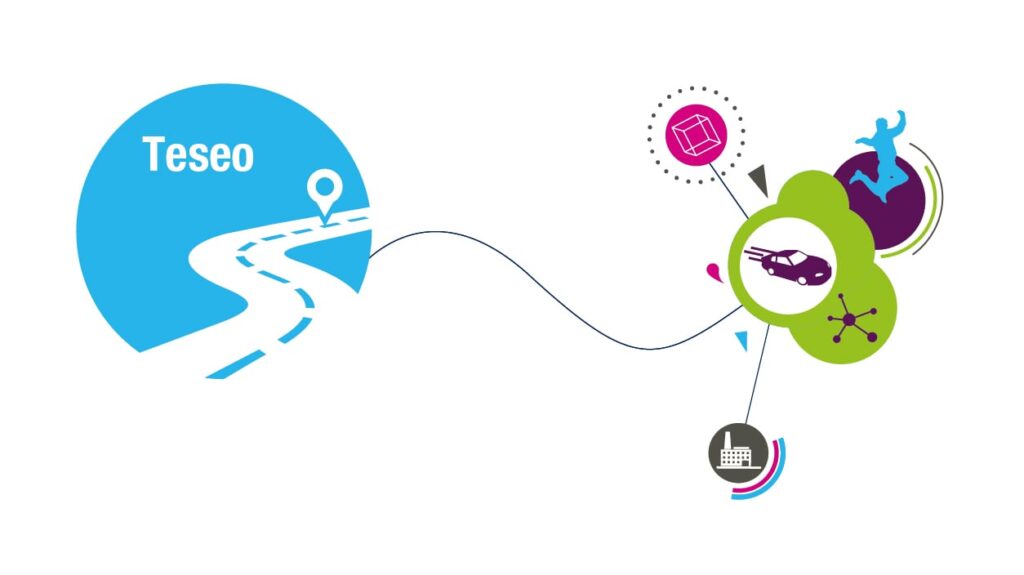It wasn’t so long ago that the Global Positioning System (GPS) seemed like the answers to all our navigational nightmares. Originally developed by the US military just for their own use, they made GPS available for civilian usage from 1996. Now it is used widely in cars and on mobile phones worldwide to determine and provide positioning information for use in navigation systems.
Recognizing its extraordinary value, while looking to avoid dependence on a single system, Russia, Europe, China, Japan, and India have launched navigation satellite systems to join the US GPS system in orbit.
As of today, only the US (GPS), the Russian GLONASS, and the European Union’s Galileo are global operational Global Navigational Satellite Systems (GNSSs). The Chinese BeiDou and Indian NAVIC systems are currently limited to the Asia and Pacific regions, though they have plans for future expansion.
ST started work to develop a Galileo-ready positioning terminal in 2004, under the European Union’s FP7 Program. After this initial effort, we recognized the value of a multi-constellation system to enhance positioning accuracy and reliability.

In 2011 ST released Teseo, the first multi-constellation chip. Teseo combined GPS and GLONASS in its receiver design, but was also Galileo-ready by design. Europe launched Galileo services in December 2016. The Galileo launch was a breakthrough and opportunity because it provides an Open-Service GNSS system that improves the user experience with no major added steady-state cost.
So now that multi-constellation receivers have become something of a de-facto requirement, what’s next? No doubt the next generation of receivers will be mission-critical GNSS receivers. Mission Critical? Of course! They will work in conjunction with correction data available from multiple sources, ultimately providing sub-meter accuracy and enabling applications that require that level of precision. Among these are tools related to intelligent transportation systems (ITS) and liability-and safety-critical applications such as advanced driver assistance systems (ADAS) that will be needed for the autonomous vehicles of the near future.
We’re not quite there yet. Challenges include combining all functional GNSS data to provide redundancy and greater accuracy, while also offering spoofing protection, for example. GPS-spoofing attacks transmit incorrect GPS data that aims to deceive the receiver and provide incorrect positioning coordinates to the navigation system. ST is already working on cooperative multi-constellation anti-spoofing technology, essential for safety-critical applications. Whereas today, systems are single frequency, ST is committed to developing multi-frequency, multi-constellation solutions which will be enablers for intelligent transportation systems and augmented driving, key markets for Mission Critical GNSS.
Whereas today, systems are single frequency, ST is committed to developing multi-frequency, multi-constellation solutions which will be enablers for intelligent transportation systems and augmented driving. Both are key markets for Mission Critical GNSS.